Curve Signs
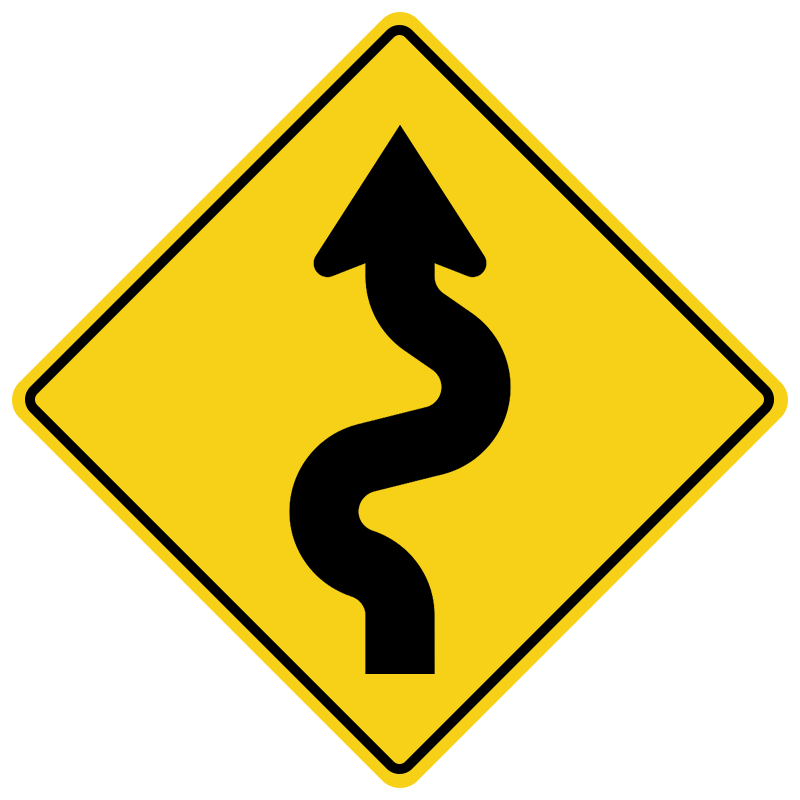

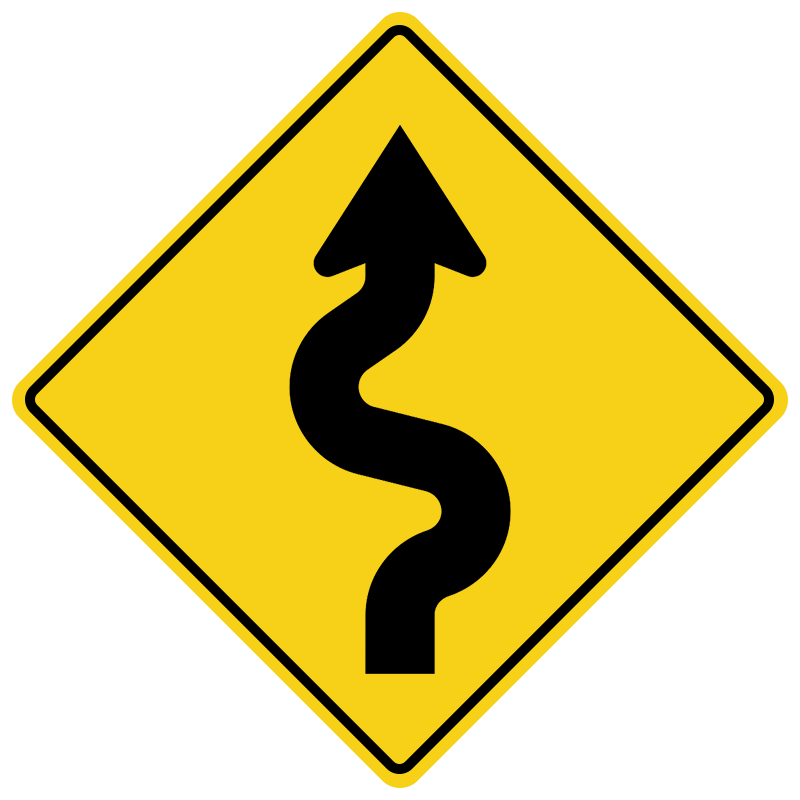
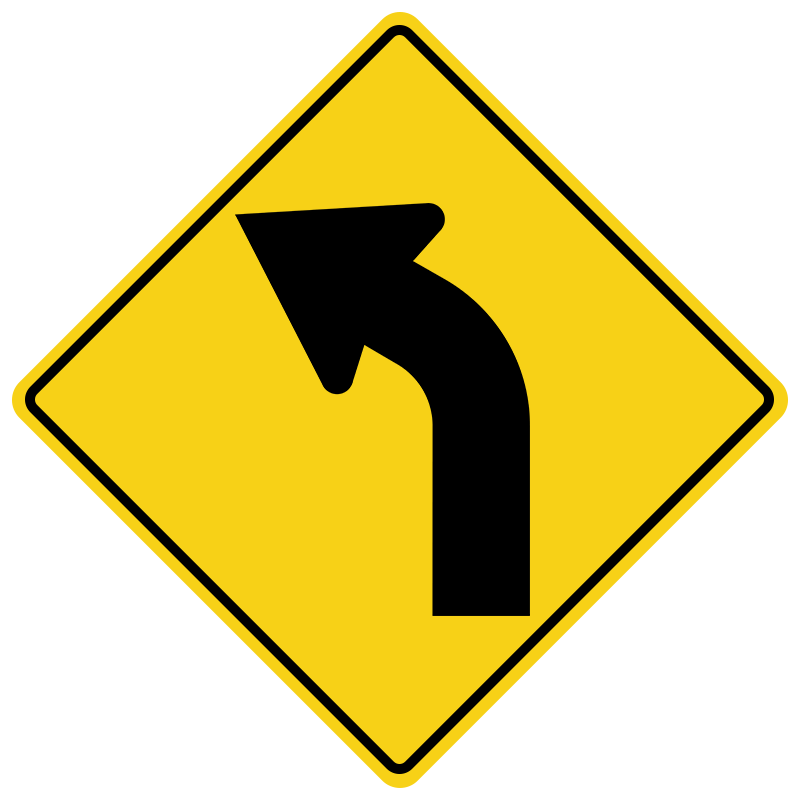
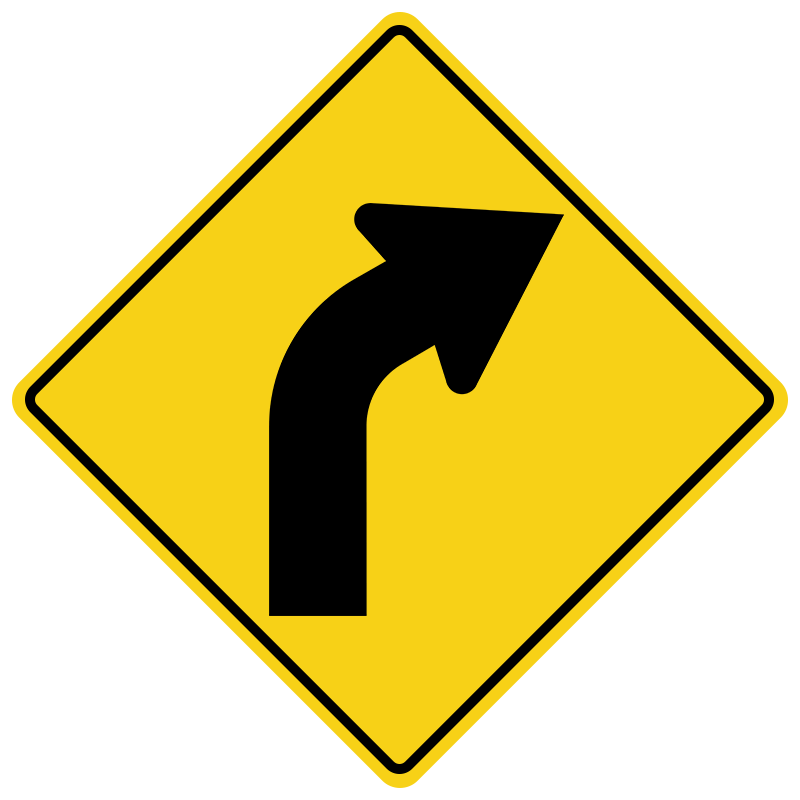
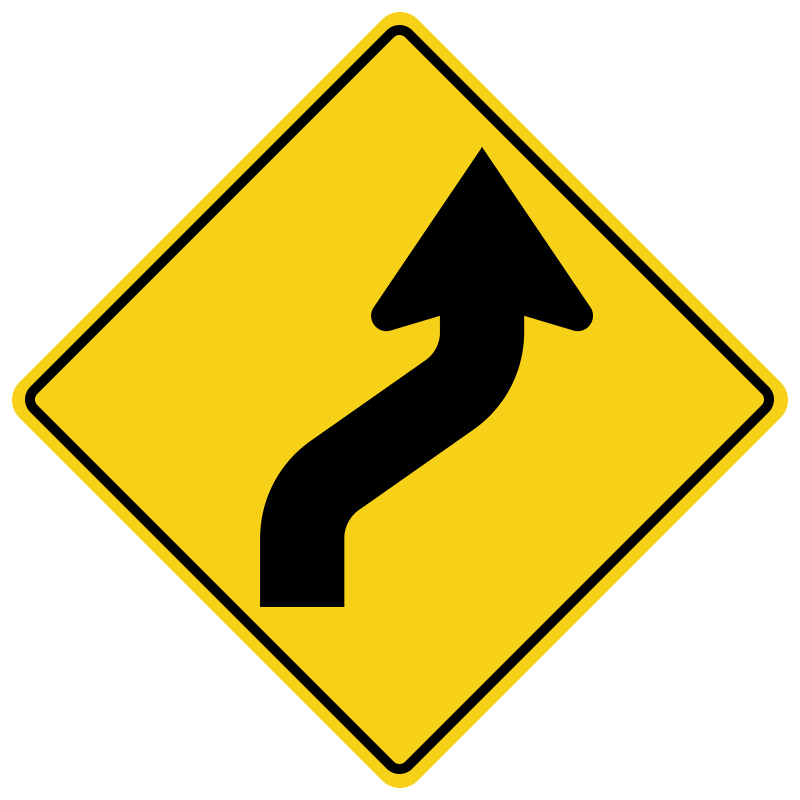
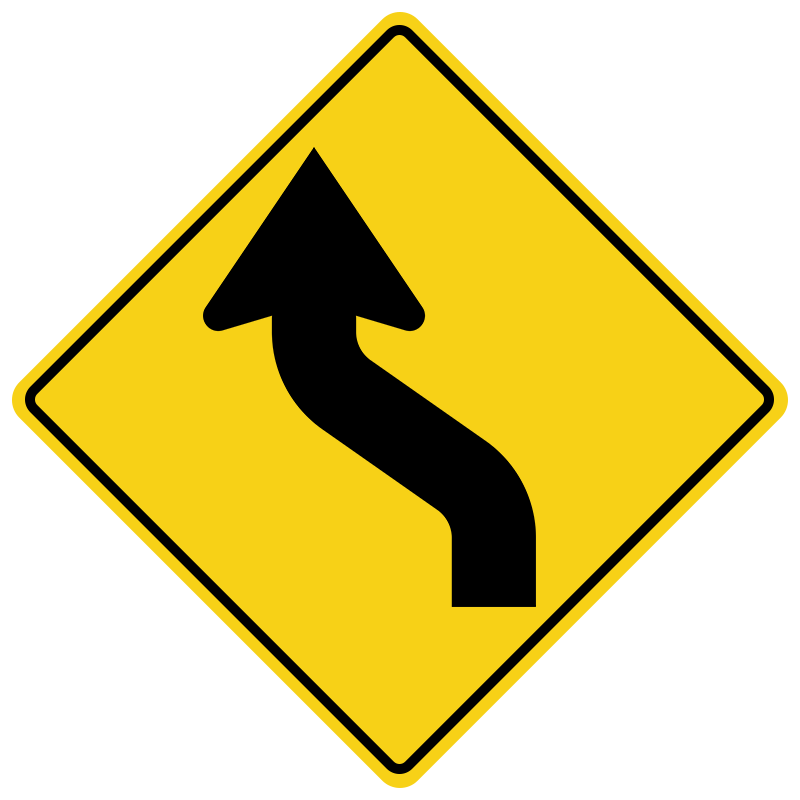
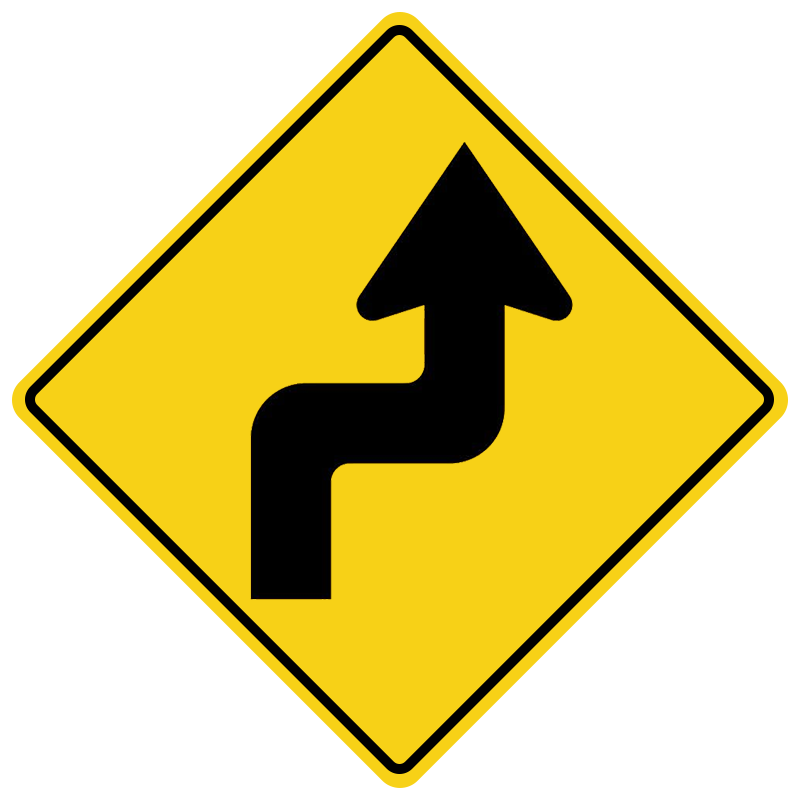
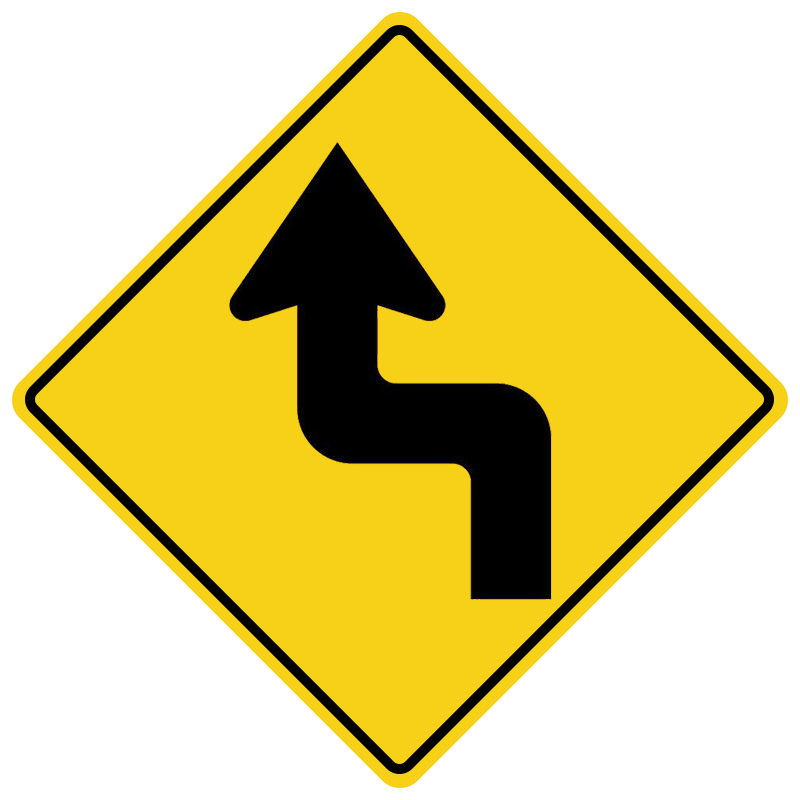
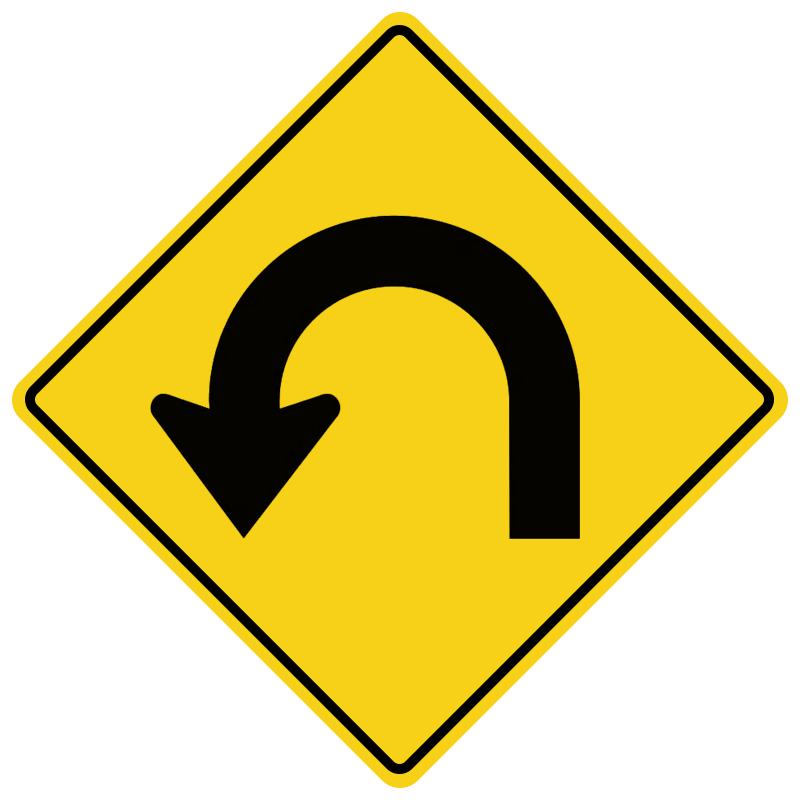
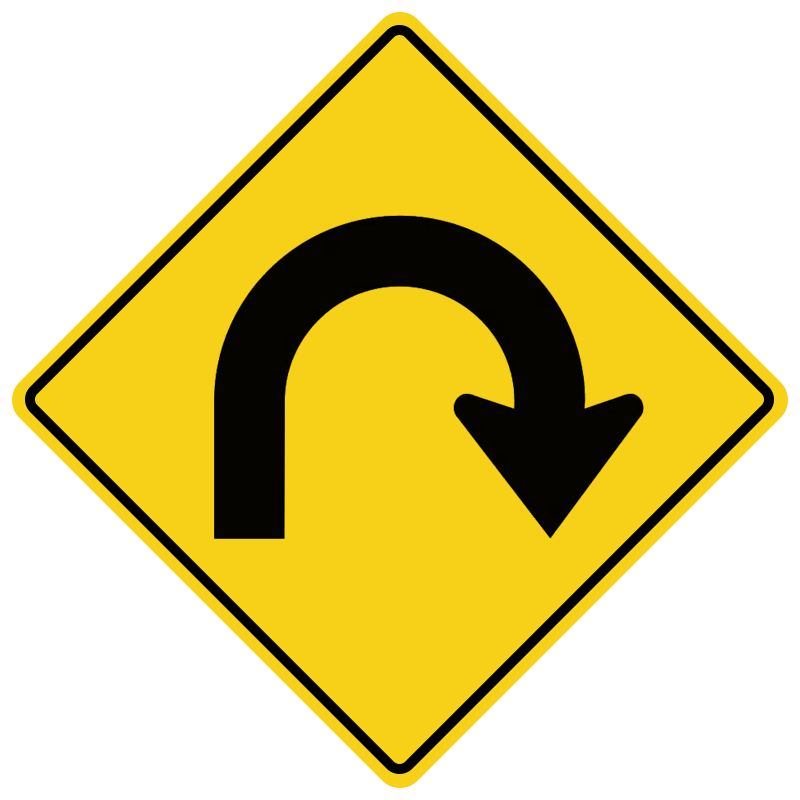
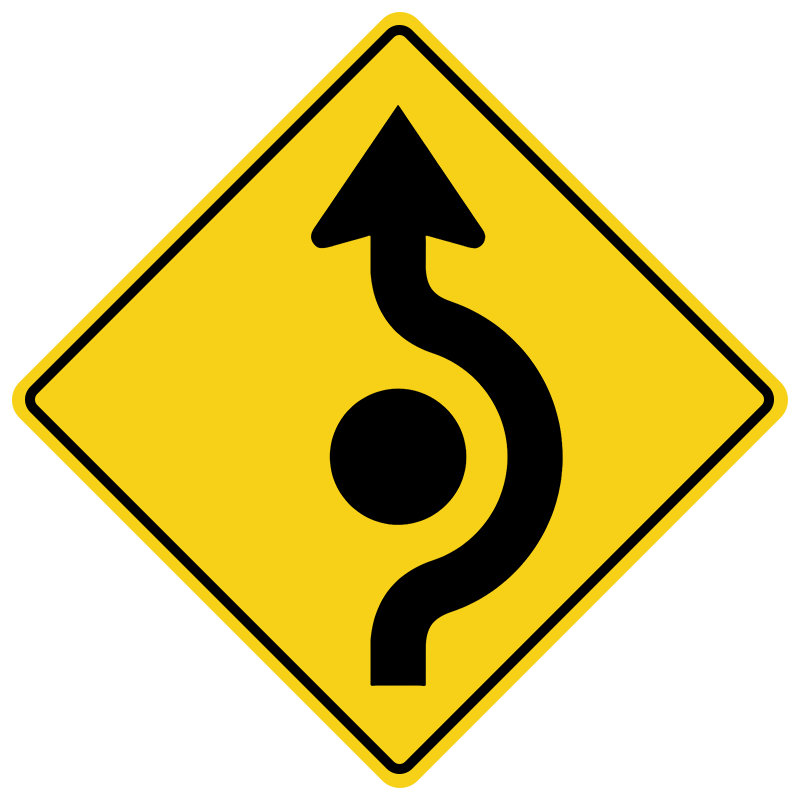
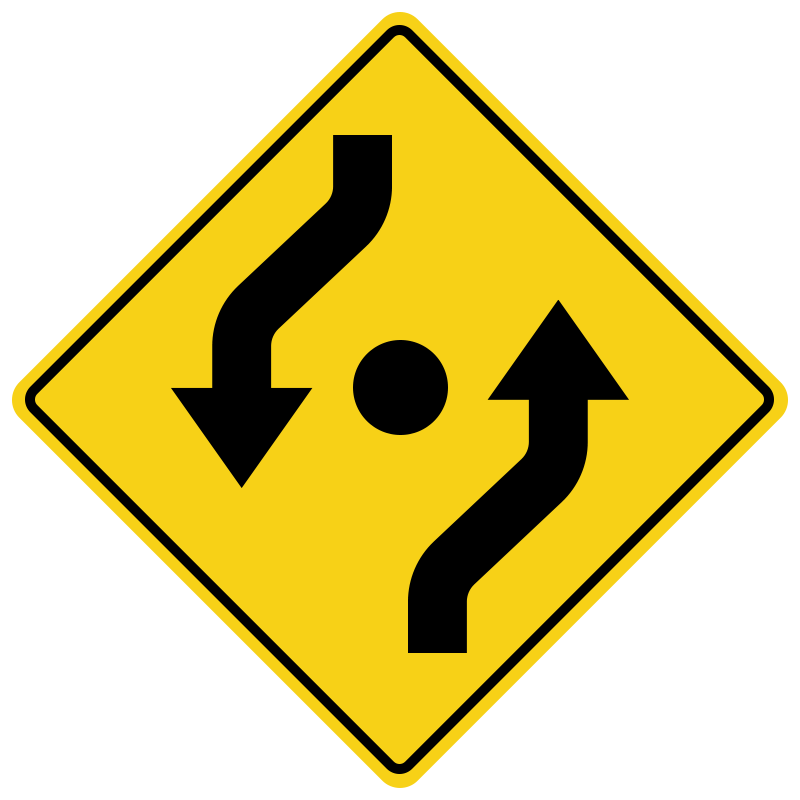
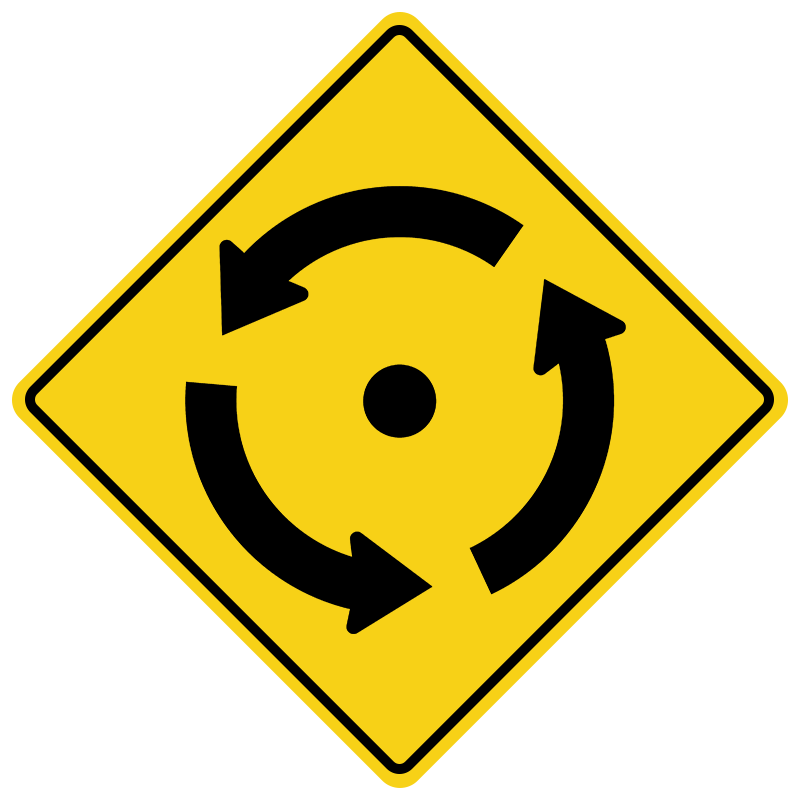
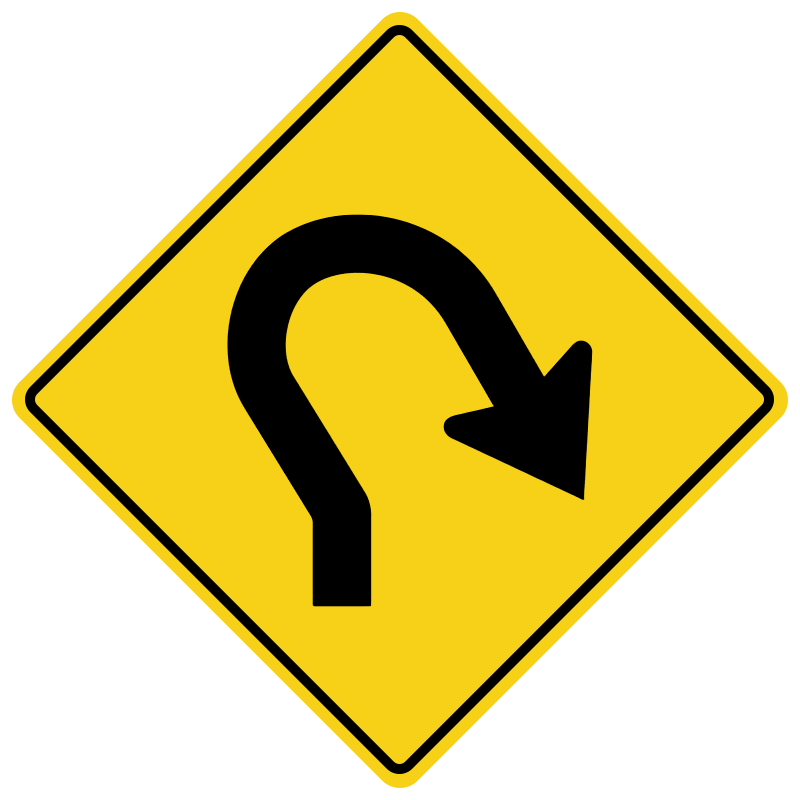
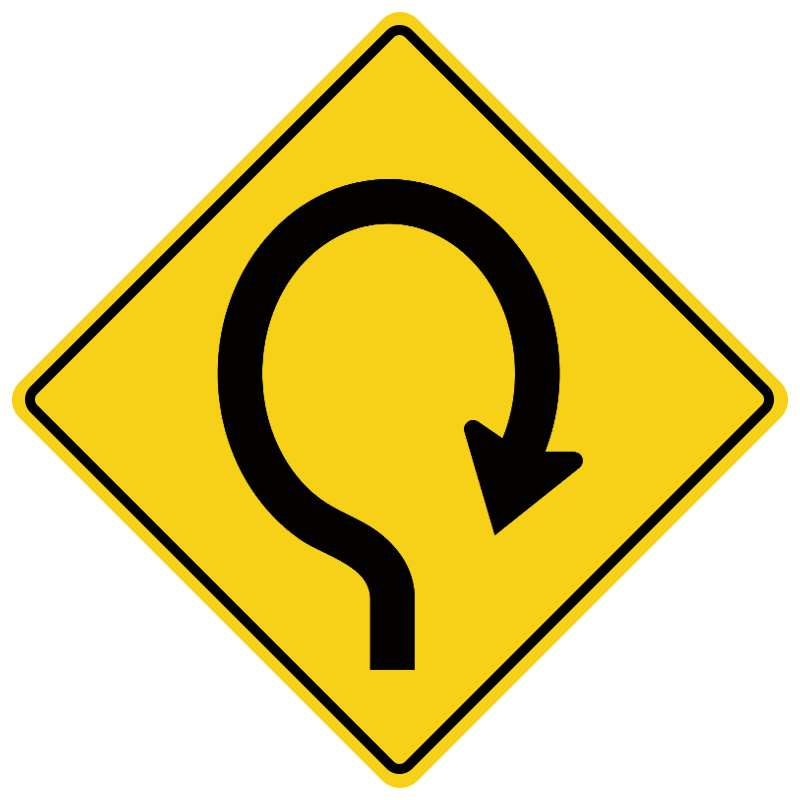
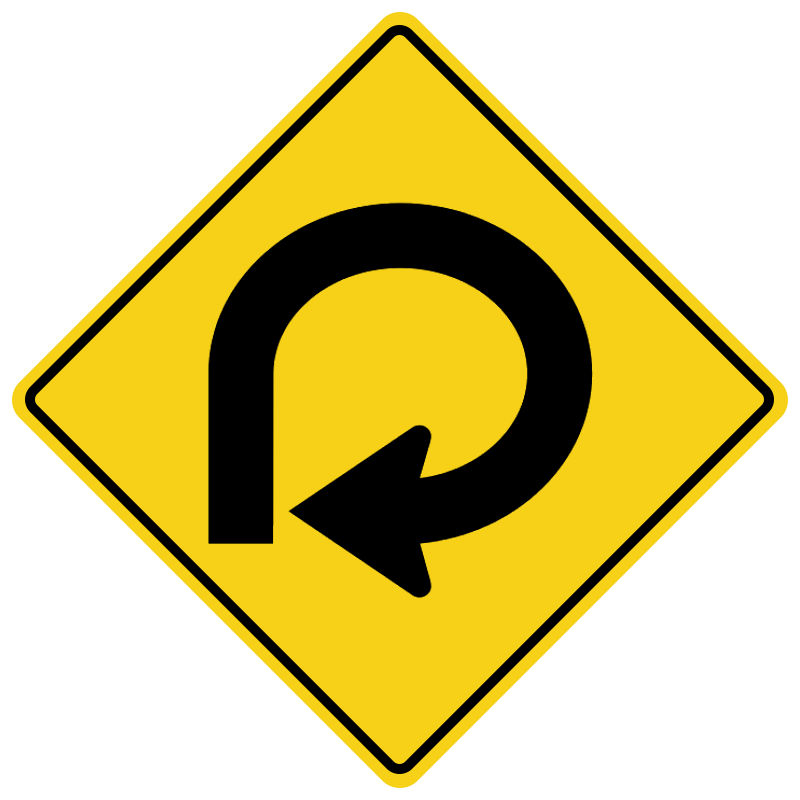
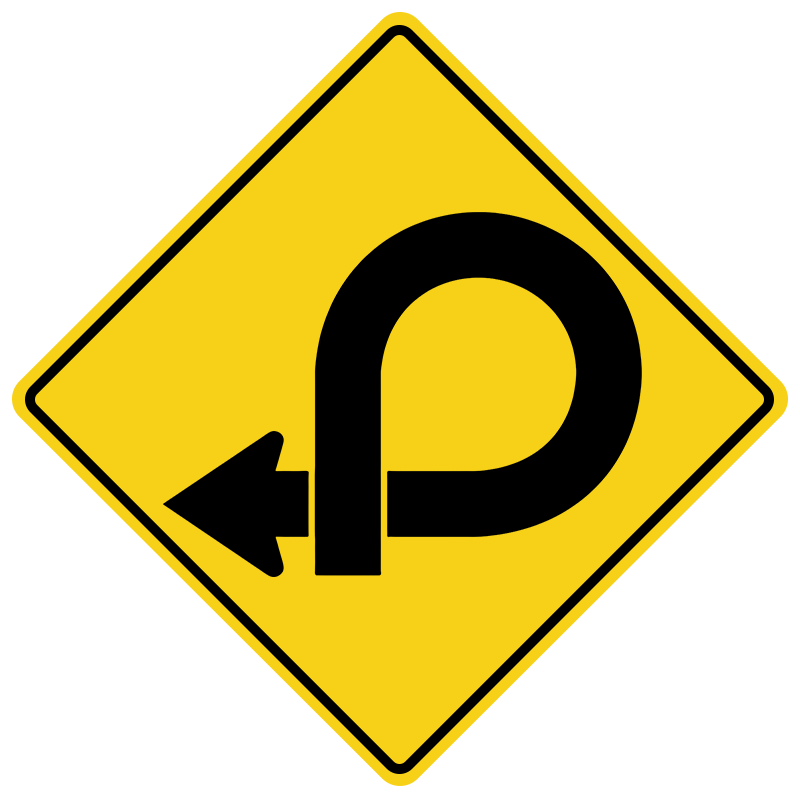
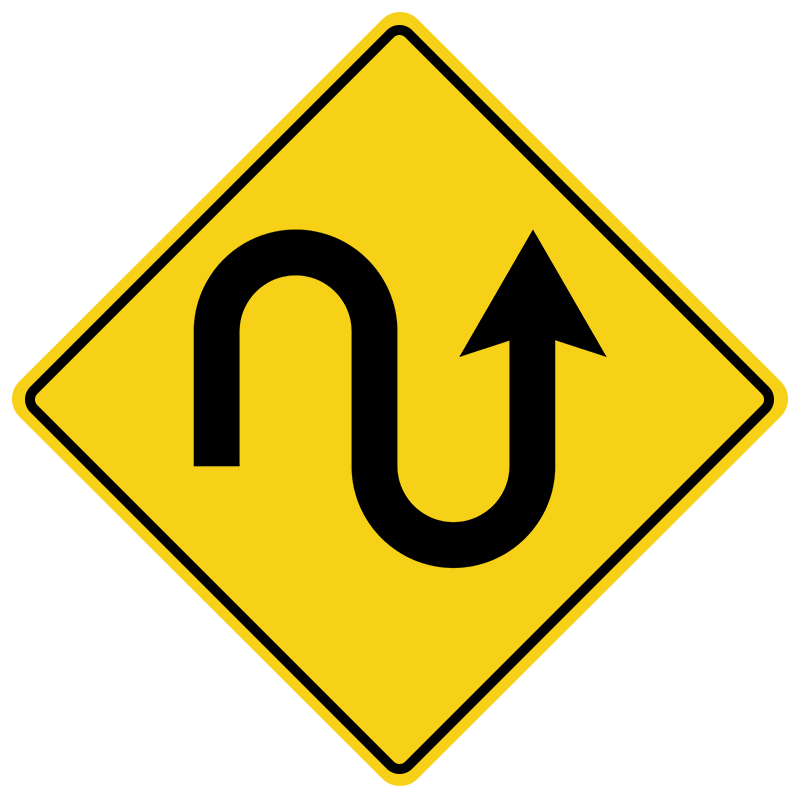
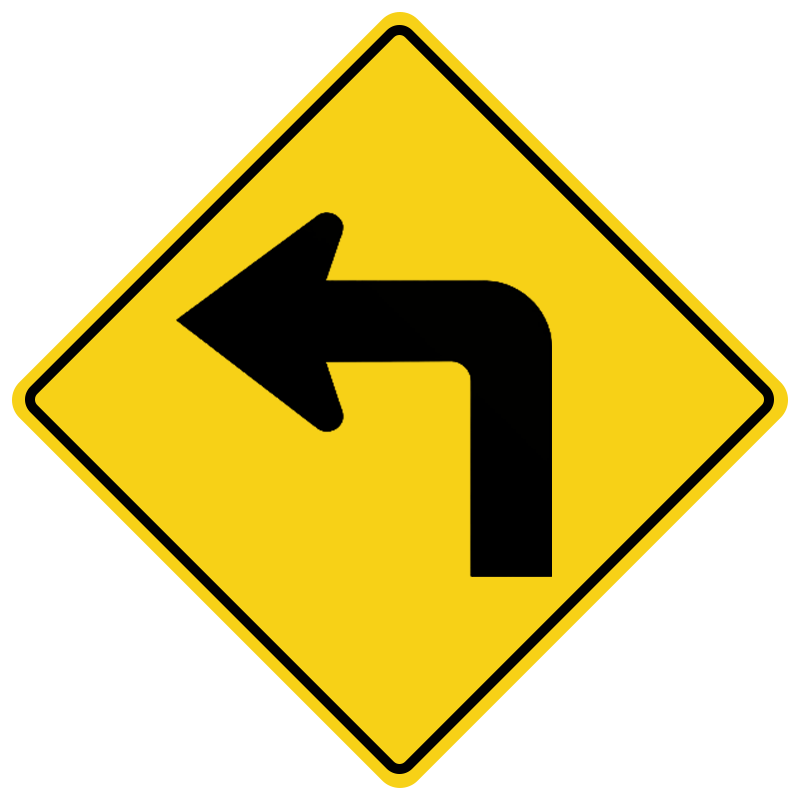
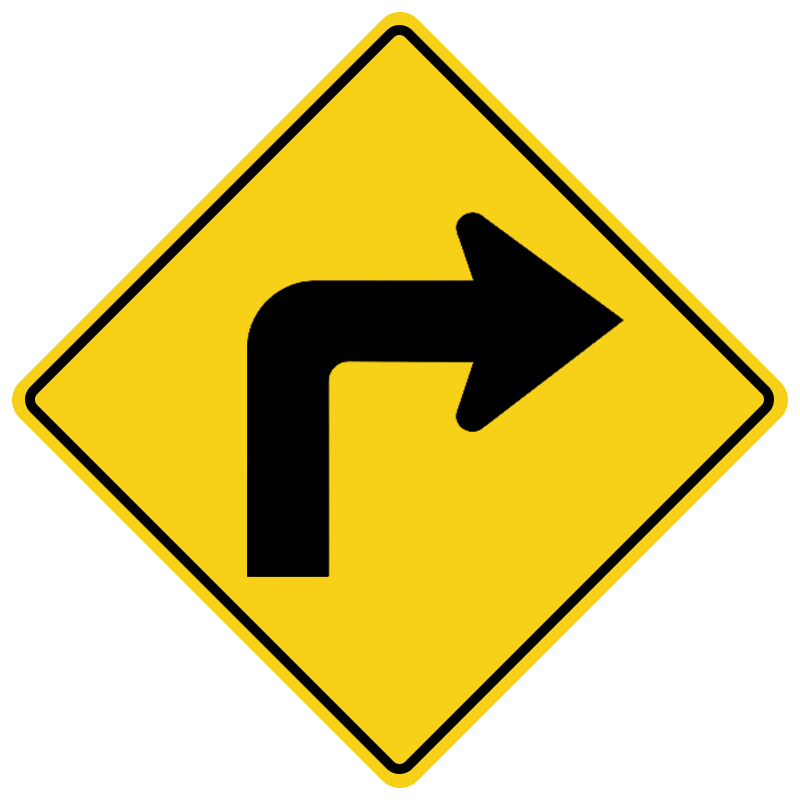
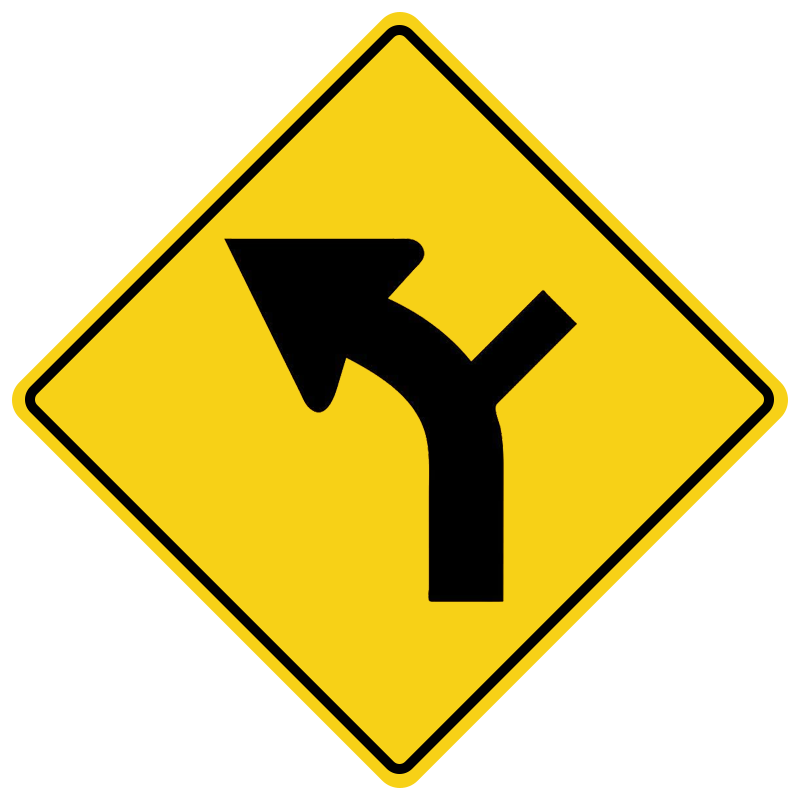
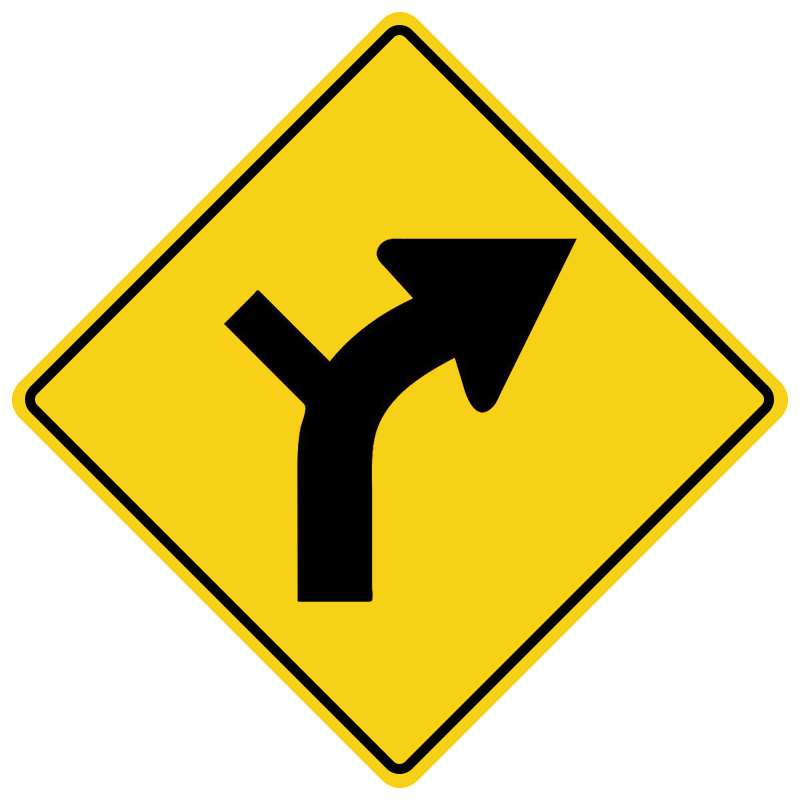
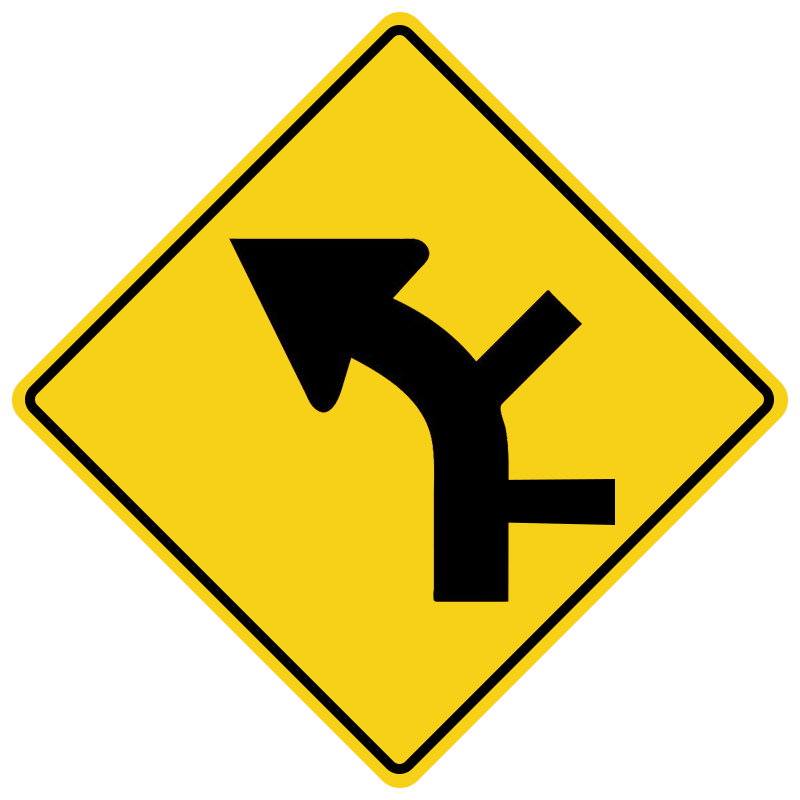
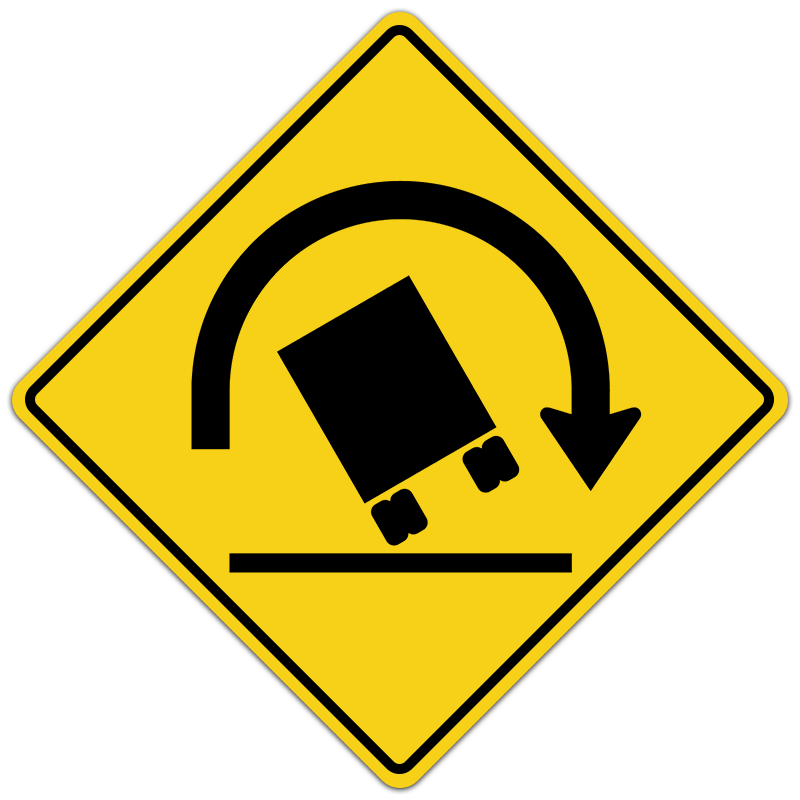
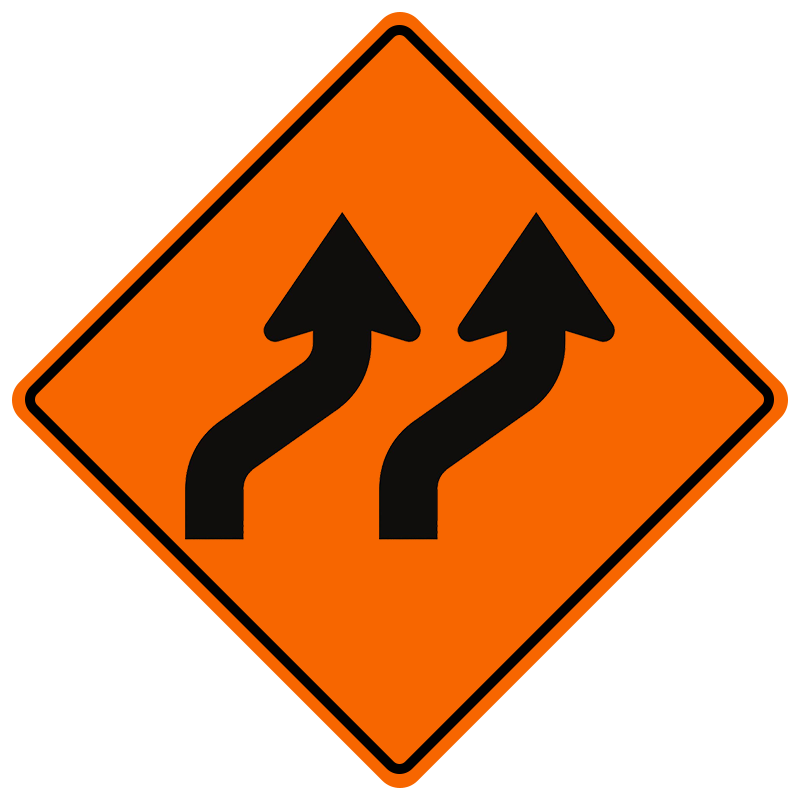
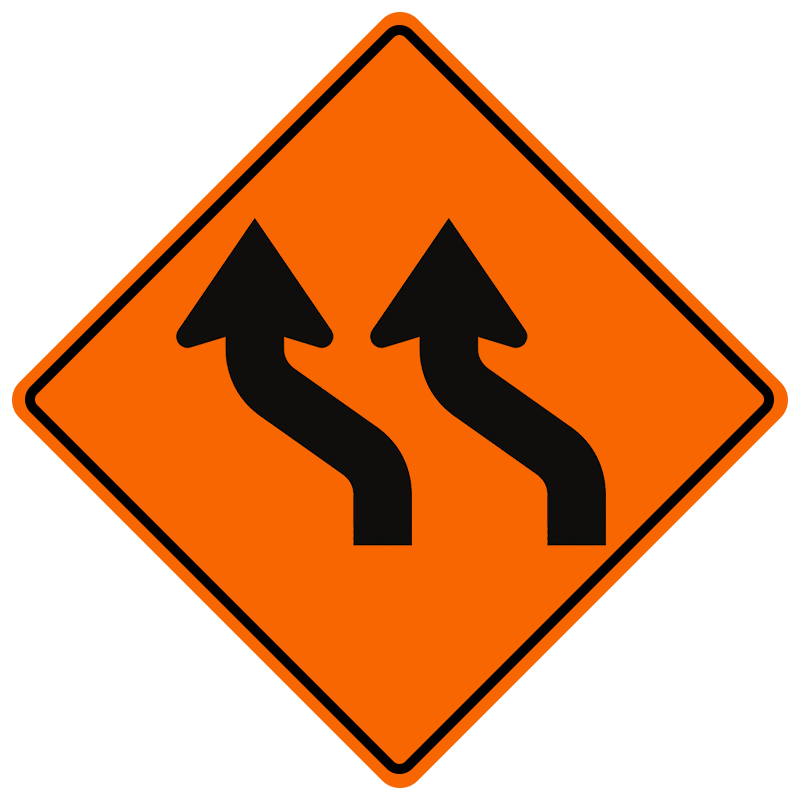
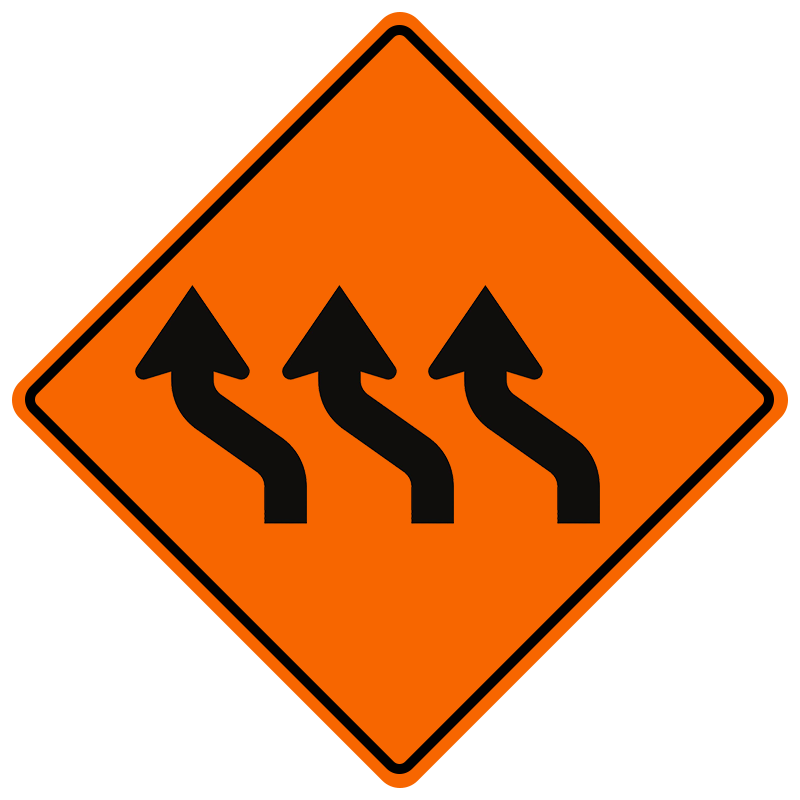
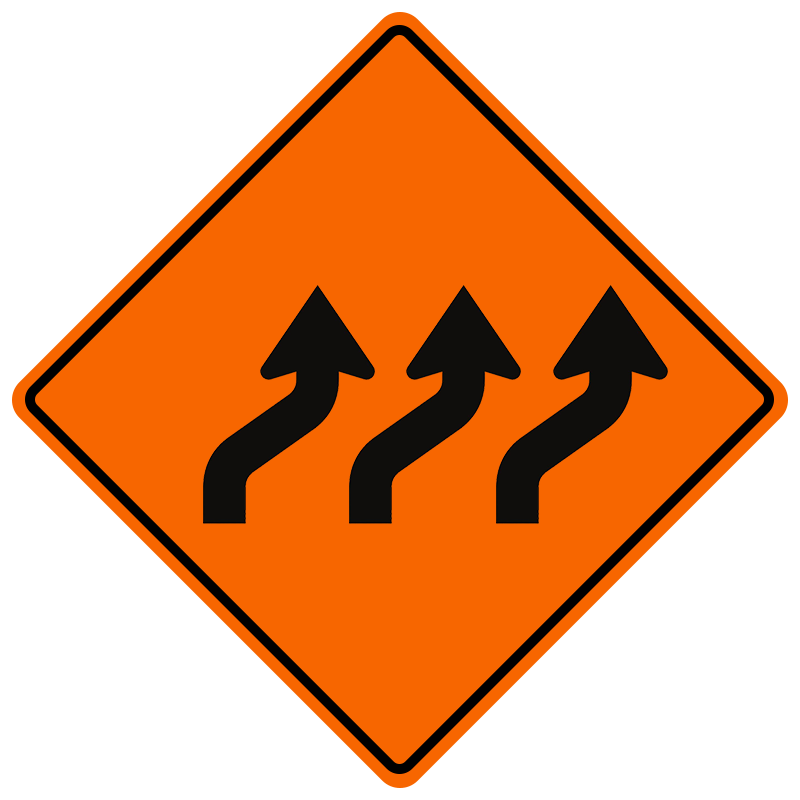
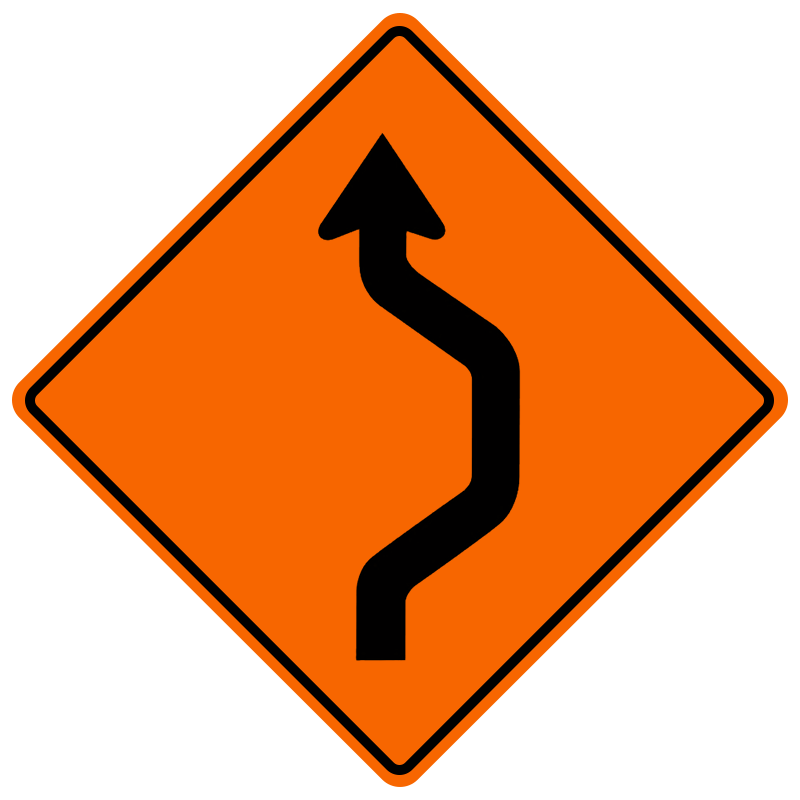
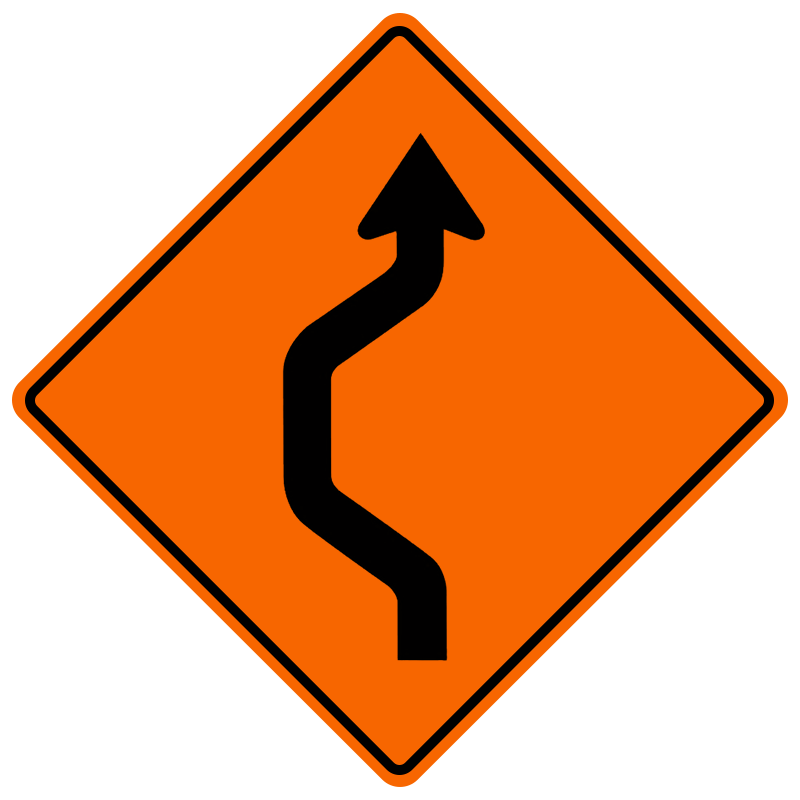
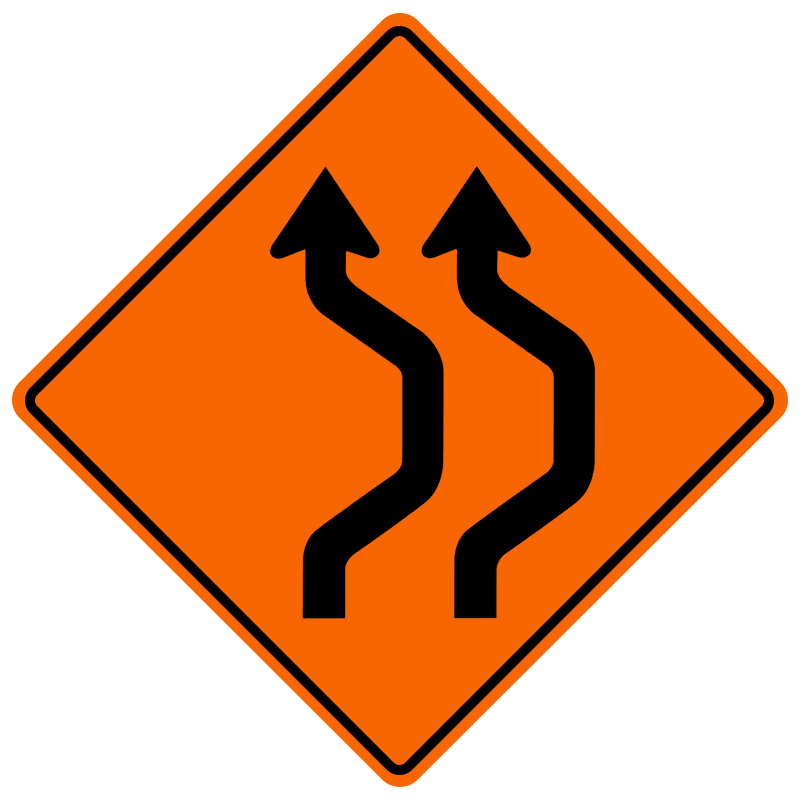
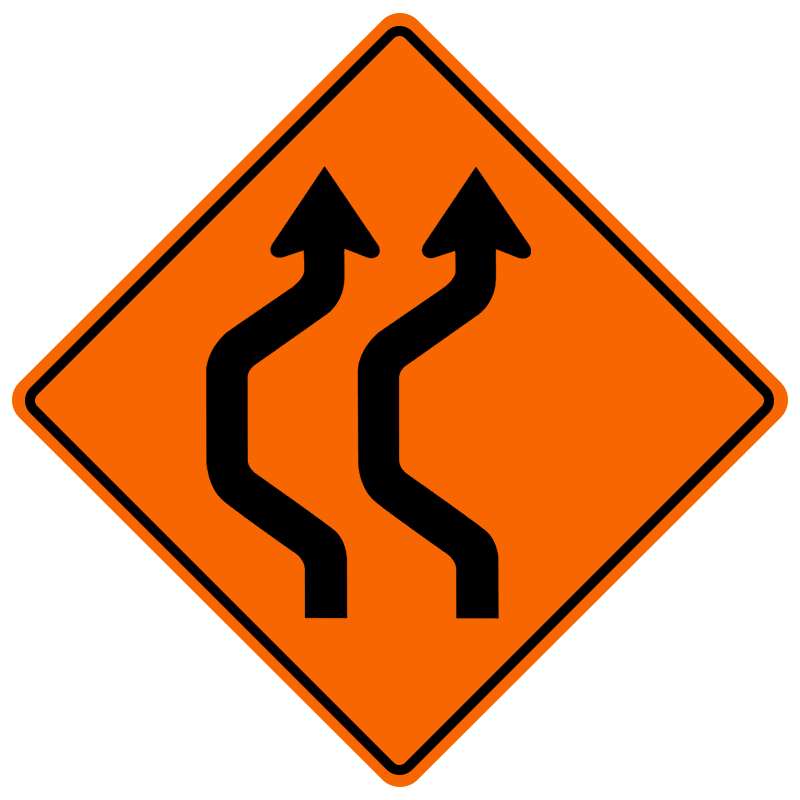
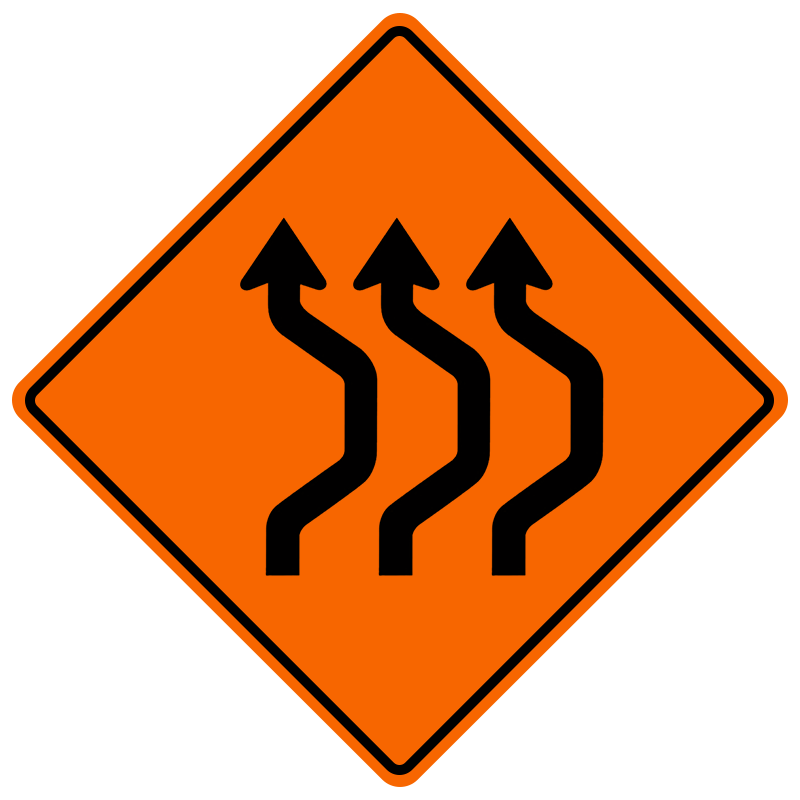
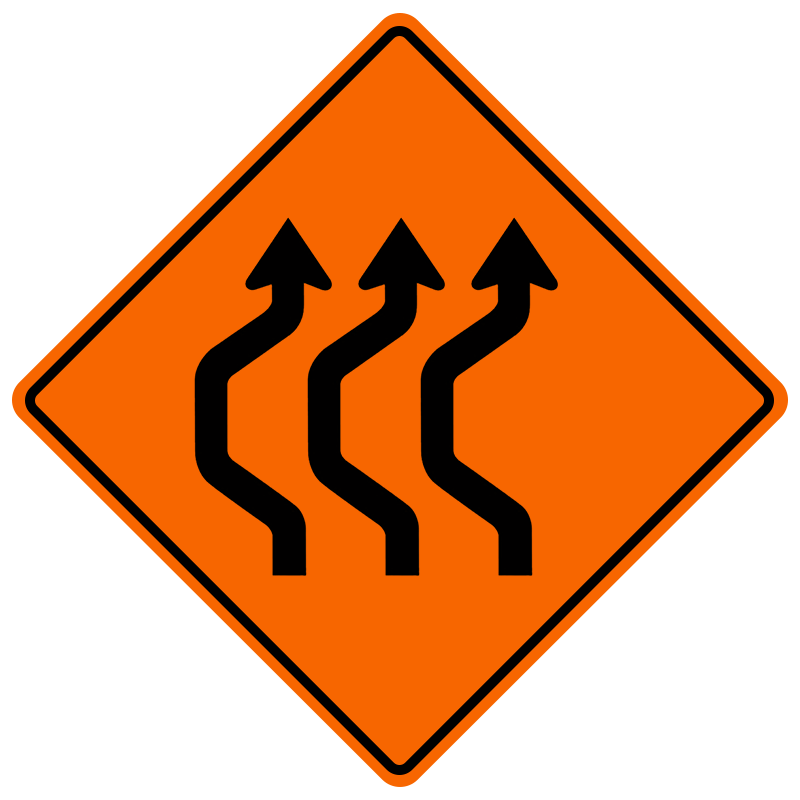
A1: Curve signs indicate a curve or bend in the road ahead. They are used to warn drivers to adjust their speed, approach the curve with caution, and be prepared for changes in the road’s direction.
A2: When you see a curve sign, you should slow down and cautiously approach the curve. Adjust your speed to maintain vehicle control, follow the specified speed limit, and be prepared for the road to change direction.
A3: Yes, curve signs can vary in shape and design. They can be circular with an arrow indicating the direction of the curve, or they may have additional information, such as advisory speed limits or road conditions associated with the curve.
A4: An advisory speed limit sign on a curve suggests a recommended speed to navigate the turn safely. It is an indicated speed rather than a legally enforceable limit, but it is essential to follow these recommendations for your safety.
A5: Yes, it is essential to slow down and approach all curves with caution, regardless of their appearance. Even gentle curves can have unexpected hazards or changes in road conditions that may affect your ability to control the vehicle.
A6: While curve signs provide warning and advisory information, you should also use your judgment and consider other factors such as weather conditions, visibility, road surface conditions, and traffic flow when determining the appropriate speed for navigating a curve.
A7: When encountering a sharp curve sign, it is essential to reduce your speed significantly, maintain a firm grip on the steering wheel, and be prepared for a significant change in the road’s direction. Use caution and follow any additional instructions provided on the sign.
A8: Passing other vehicles in a curve is generally unsafe and discouraged. It is essential to wait until you have a clear and straight road ahead before attempting to pass another car.
A9: The distance at which you should start slowing down for a curve can vary depending on the specific curve’s characteristics, speed limits, and road conditions. As a general guideline, you should begin slowing down and adjusting your speed before entering the turn to ensure a smooth and safe maneuver.